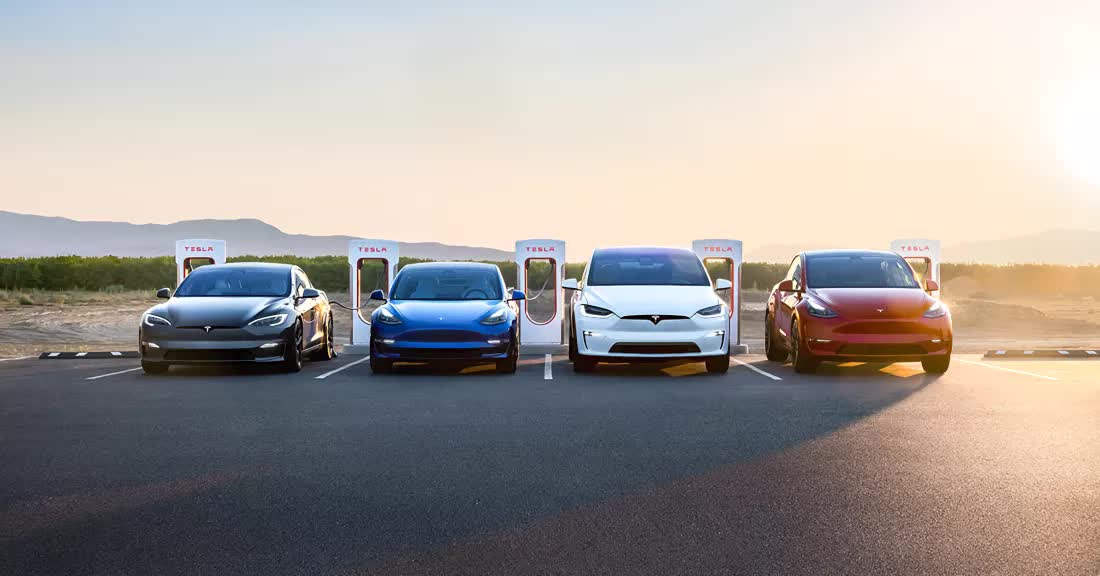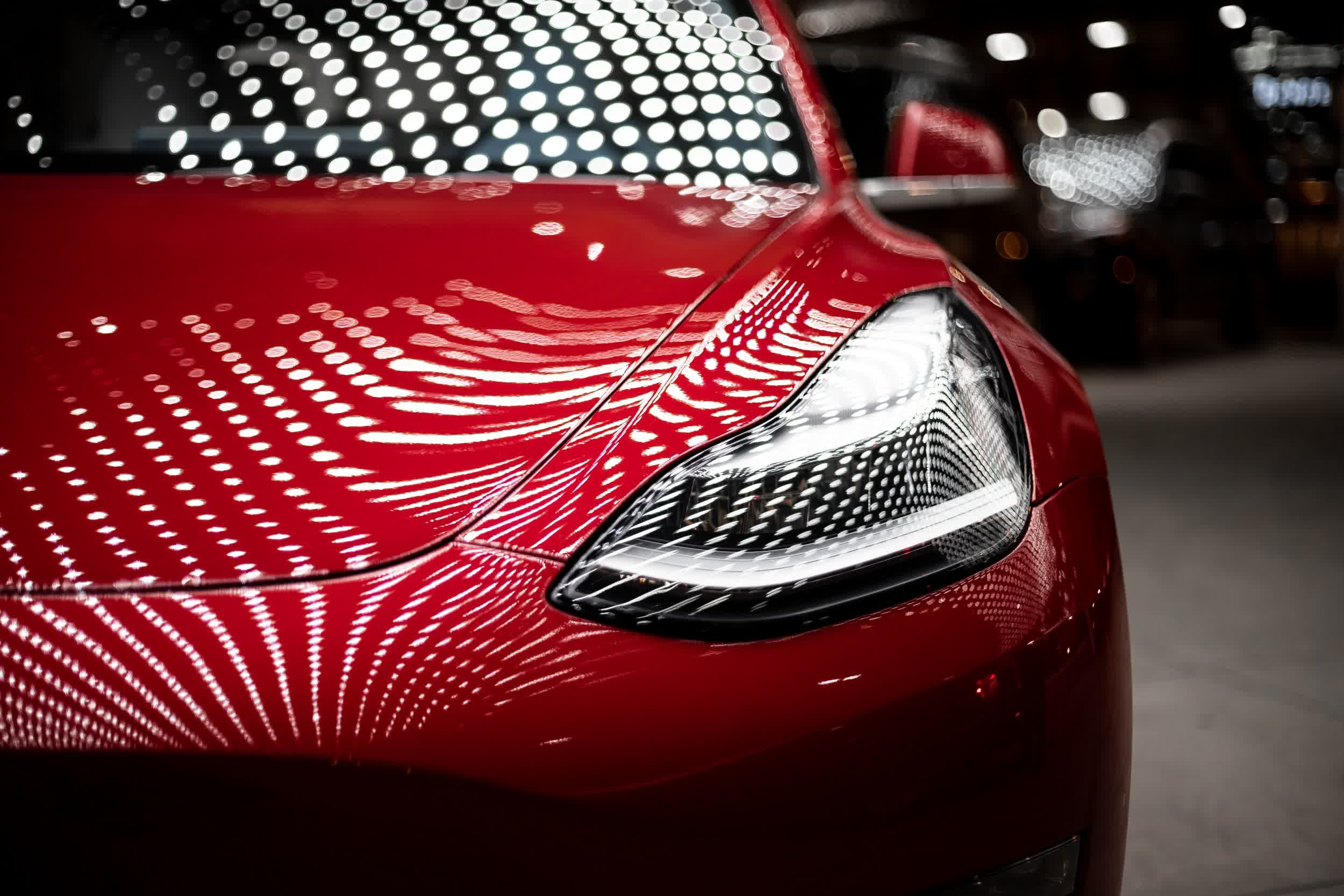In a nutshell: Tesla's per-vehicle manufacturing costs dropped to less than half in the past five years, thanks in part to more efficient factories and improved vehicle design. The company also reiterated plans for an entry-level EV and robotaxis launching in the distant future.
At a Goldman Sachs tech conference, Tesla executive Martin Viecha outlined the company's plan for the next five years while also talking about general trends in the EV industry.
According to Viecha, battery supply has improved a lot. For the first time in years, Tesla can secure as many cells as it needs for its automotive and energy storage products. He mentioned that the company now has multiple battery suppliers, including Panasonic, CATL, and LG Chem, and they're expanding capacity quickly.
He believes this sector is the most important, as the EV industry would only grow as fast as battery supplies can grow. Designing and building the cells and battery packs is only part of the process, with refining and mining lithium, nickel, and other raw materials being just as crucial. Because of that, Tesla is looking to open its own lithium refinery stateside, possibly in Texas or Louisiana.

Viecha also discussed the carmaker's per-vehicle manufacturing costs, which dropped from $84,000 in 2017 to just $36,000 today. He attributed these savings to more efficient factory design and improved vehicle designs, making manufacturing easier and more cost-effective. Tesla's new factories in Shanghai and Berlin can build cars cheaper than its first one in Fremont, California.
Tesla is also planning to release an entry-level EV eventually, which will likely be a hatchback with a starting MSRP around of $25,000. However, it is not a priority for the company because demand for the Model 3 and Model Y are stronger than anticipated.
In fact, Tesla says Model Y is on track to become the top-selling car by revenue this year worldwide, and to become the best-selling car by volume as soon as 2023. It's already the best-selling EV, according to reports.
The executive also touched on Tesla's self-driving software receiving iterative improvements. The plan is for it to ultimately become fully autonomous, at which point the firm will likely release a robotaxi platform.
